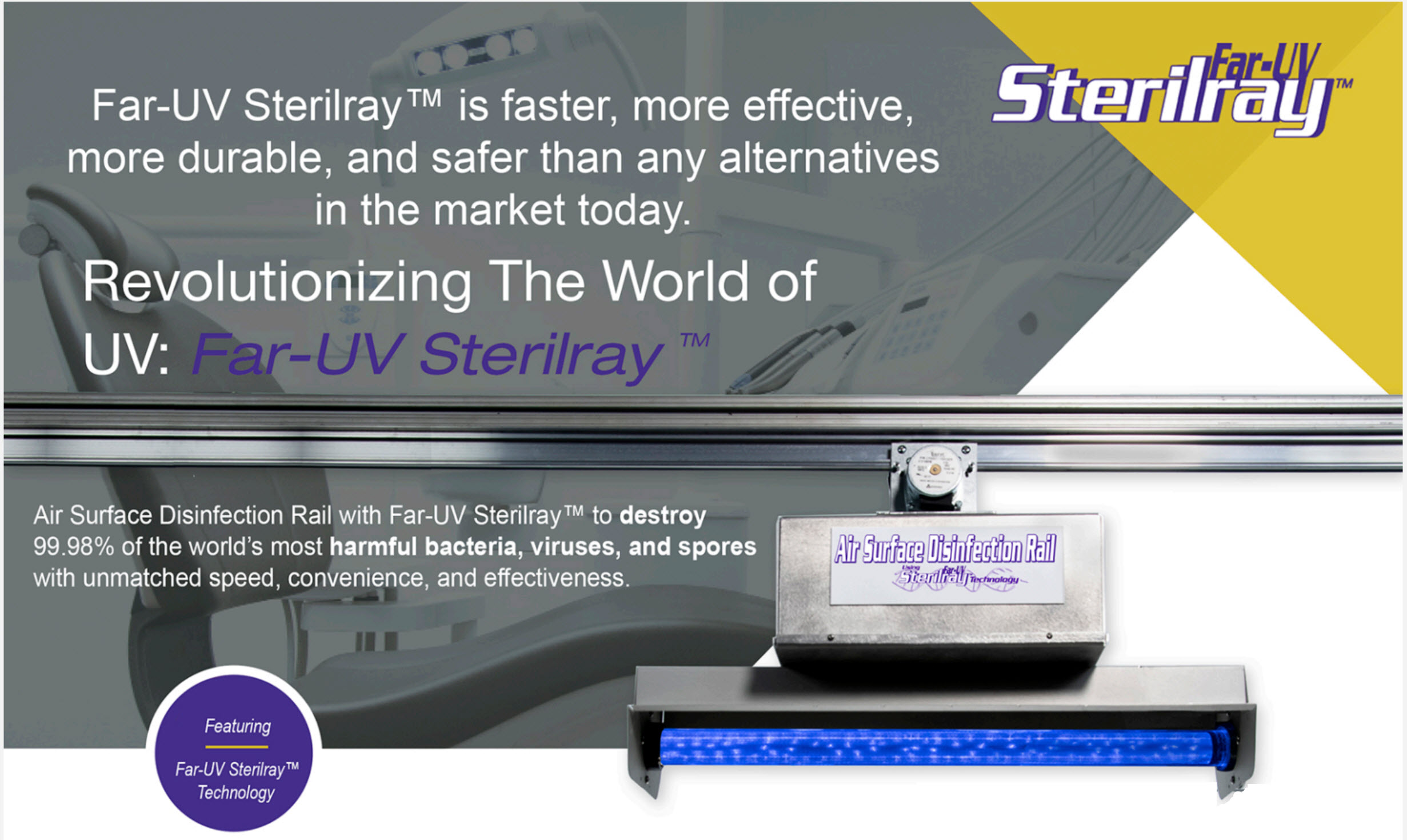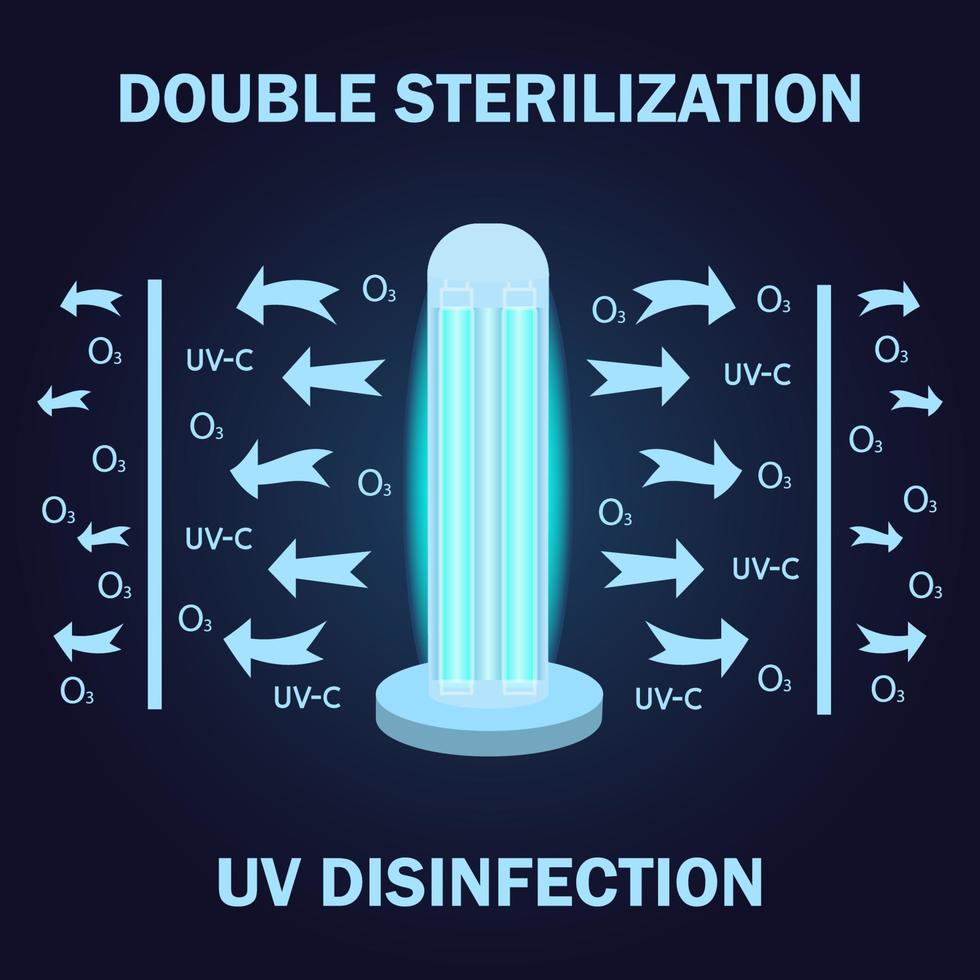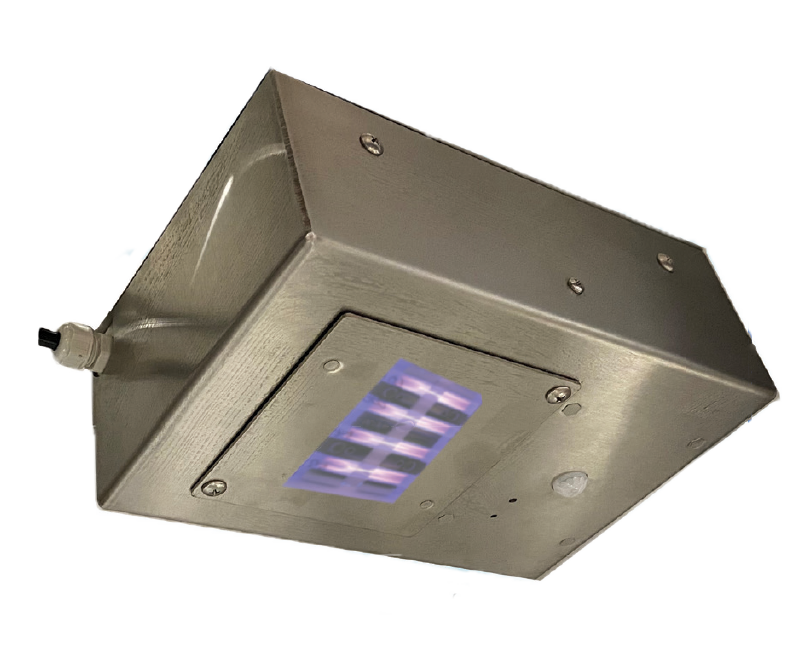Utilizing the Power of UV Surface Disinfection: A Comprehensive Overview for Healthier Spaces
Utilizing the Power of UV Surface Disinfection: A Comprehensive Overview for Healthier Spaces
Blog Article
Discovering UV Sanitation: An Essential Tool in the Battle Versus Damaging Microorganisms
As the globe faces an ever-increasing risk from hazardous microorganisms, the search for effective approaches of sanitation has actually ended up being an urgent priority. While typical cleaning approaches have actually revealed some success, there is a growing acknowledgment that we need to check out innovative strategies to deal with these unnoticeable opponents. One such technique that has amassed considerable attention is UV disinfection. Harnessing the power of ultraviolet light, this innovation has shown promising lead to removing a variety of virus. However how does it function? What are the benefits? And where can it be used? In this discussion, we will certainly explore the globe of UV disinfection, revealing its potential as an essential device in the fight versus dangerous pathogens.
Exactly How Does UV Sanitation Work?
UV disinfection works by using ultraviolet (UV) light to remove hazardous microorganisms and stop their spread. This highly effective technique includes using UV radiation to interfere with the DNA and RNA of bacteria, providing them unable to replicate and causing their supreme devastation.
When UV light is used for disinfection, it is normally emitted from a lamp or light bulb that generates a specific wavelength of UV-C light. uv surface disinfection. This wavelength, ranging from 200 to 280 nanometers, is particularly reliable at permeating the outer cell wall surface of microorganisms, infections, and other bacteria. When inside the cell, the UV radiation targets and damages the genetic product, preventing the microorganism from causing and replicating infection
UV sanitation systems are created to send out the ideal intensity and period of UV light to make sure efficient pathogen removal. The dosage of UV light required for disinfection depends on variables such as the kind of bacterium, its resistance to UV radiation, and the certain application. Furthermore, the system must be carefully engineered to make sure correct exposure of the target pathogens and to stay clear of any kind of possible damage to humans or the setting.
The Benefits of UV Disinfection
UV sanitation uses a multitude of advantages in properly getting rid of dangerous microorganisms and minimizing the threat of infection. One of the key advantages of UV disinfection is its capability to provide a chemical-free and eco-friendly remedy. Unlike typical sanitation approaches that count on chemicals, UV disinfection uses ultraviolet light to ruin the DNA and RNA of microbes, providing them unable to reproduce and cause infections. This chemical-free approach ensures that no hazardous residues are left behind, eliminating any potential health risks connected with chemical anti-bacterials.
One more considerable benefit of UV disinfection is its effectiveness in killing a vast array of pathogens. UV light has been proven to effectively eliminate germs, infections, fungi, and protozoa, consisting of those that are immune to conventional disinfectants. This broad-spectrum performance makes UV disinfection a flexible device in different settings, such as healthcare facilities, water therapy plants, and food handling industries.
In addition to its effectiveness, UV disinfection likewise provides fast disinfection cycles. Unlike other techniques that need prolonged call times or recurring applications, UV disinfection can achieve considerable pathogen reduction in an issue of seconds. This effective and quick procedure permits enhanced efficiency, minimized downtime, and boosted total operational efficiency.
Moreover, UV disinfection is a non-contact method, which implies that it does not call for direct physical call with the items or surface areas being decontaminated. This function makes it ideal for usage on fragile equipment and delicate products that might be harmed or influenced by various other sanitation approaches.
Applications of UV Sanitation in Medical Care

UV disinfection is likewise used in the sanitation of medical devices and instruments. Additionally, UV disinfection is used in water therapy systems within medical care facilities.
Moreover, UV sanitation innovation is utilized in the disinfection of healthcare attires and individual safety devices (PPE) By utilizing UV light, health care professionals can ensure that their attires and PPE are without virus, stopping the transmission of infections between clients and healthcare workers.
UV Sanitation in Public Spaces
Public areas are progressively executing UV disinfection technology as a critical measure to combat the spread of harmful pathogens. With the ongoing global pandemic and the constant threat of infectious diseases, the need for efficient sanitation methods in public locations has actually become critical. UV disinfection provides a trustworthy and reliable solution hereof.

UV disinfection systems use ultraviolet light to shut off the DNA and RNA of microorganisms, infections, and various other virus. This process disrupts their capability to duplicate and provide them safe. These systems can be installed in various public spaces, including cooling and heating systems, escalators, elevators, and surface area sanitation robots. The usage of UV sanitation technology in public areas not only assists in minimizing the risk of infection yet also instills confidence amongst the general public regarding their security.
As public areas remain to adjust to the obstacles postured by transmittable conditions, UV sanitation innovation plays an important role in guaranteeing a safe and tidy setting. By executing such steps, public areas can effectively minimize the spread of damaging virus and add to the overall health of the area.
The Future of UV Disinfection Technology
As the need for improved disinfection approaches continues to grow in feedback to the continuous global pandemic and the consistent danger of contagious diseases, the future of UV sanitation innovation holds promising advancements in making certain also much more reliable and effective virus obliteration in different settings.

One location of development is the development of even more small and mobile UV disinfection devices. Additionally, developments in automation and robotics are being checked out to enhance the efficiency and effectiveness of UV sanitation processes.
Another area of expedition is using UV disinfection in air filtration systems. By integrating UV-C lights right into a/c systems, airborne microorganisms can be efficiently counteracted, minimizing the risk of transmission in interior environments.
Moreover, researchers are checking out using UV sanitation in food processing centers to ensure the security and quality of food. UV-C light has been found to be reliable in getting rid of foodborne virus, using a chemical-free choice to conventional disinfection approaches.
Conclusion
To conclude, UV disinfection is an important device in the battle versus hazardous microorganisms. Its performance in eliminating microorganisms, viruses, and other bacteria makes it a useful modern technology in medical care settings and public spaces. With its ability to offer a chemical-free and eco-friendly approach of sanitation, UV modern technology holds great potential for the future. Its widespread implementation can add to the prevention of infections and the improvement of public health.
UV sanitation systems are created to release the proper intensity and duration of UV light to ensure effective microorganism removal. The dose Get the facts of UV light needed for sanitation depends on variables such as the kind of microbe, its resistance to UV radiation, and the specific application. Unlike traditional disinfection approaches that count on chemicals, UV sanitation uses ultraviolet light to ruin the DNA and RNA of microorganisms, providing them incapable to duplicate and create infections.In enhancement to its efficiency, UV sanitation additionally uses quick disinfection cycles. One of the main pop over to these guys applications of UV sanitation in medical care is in the sanitation of client areas and operating movie theaters.
Report this page